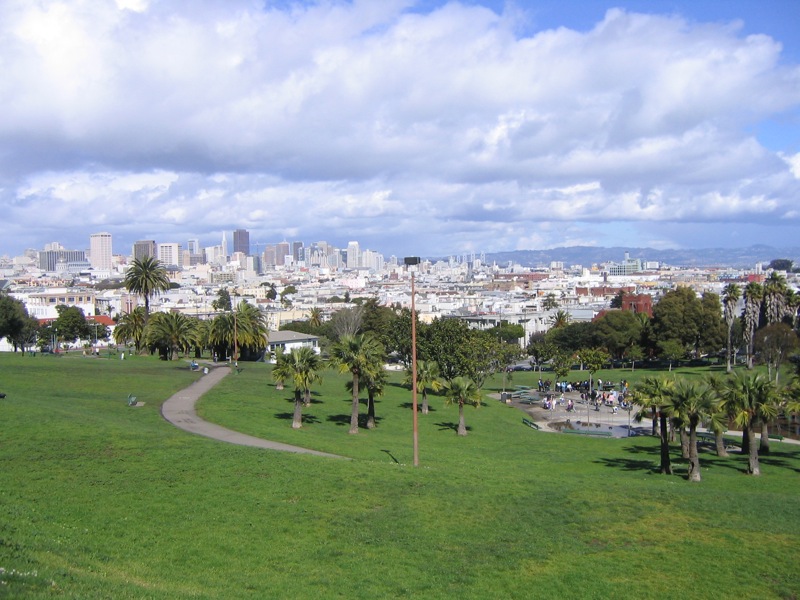Alexis Pancrazi, Blueprint America
For millions of city dwelling Americans a backyard is an unknown luxury, a balcony is a rare commodity and lounging in the great outdoors is almost exclusively a public activity. It’s no wonder that parks, particularly in urban centers, are seeing a renaissance in interest and investment.
And it’s not just in your local community. There is a new legislation on the table called the Livable Communities Act which, proposed by Senator Chris Dodd (D-CT) and awaiting judgment in Congress, is the most recent effort to bring to fruition the Six Livability Principles that the Obama administration outlined over a year ago.
What does this act do for parks? It sets aside $2.6 billion in competitive federal grant money for which local municipalities can apply to fund projects that will increase their communities’ sustainability and livability — and that includes the redevelopment of brownfields to green spaces… And bike paths, location efficiency housing projects, and other things we love at Blueprint America.
Additionally, to help communities cut through the federal government’s bureaucratic jungle, the Act also proposes an Interagency Council on Sustainable Communities to bring together the various government agencies involved in this project (EPA, HDU, DOT and more). Hooray to fewer delays and less paperwork!
Surprised that parks are gaining the attention of national policy makers? Don’t be. Then again, it is Washington, D.C. With 80 percent of Americans now living in metropolitan areas, green space is a vital commodity. And as the Trust for Public Land’s report on urban parks reveals, not all cities were created equal. Lucky you if you live in Anchorage, Alaska, the city with the highest acreage of park space, and the nation’s largest park within city limits, Chugach State Park. Other places, like Santa Ana, are not as bountiful — park space is not only small in terms of acreage (less 2 percent of the city), but to every 1,000 city dwellers there is only 2.3 acres of land. In comparison, St. Louis, a city similar in size, has approximately 9.6 acres per 1,000 residents.
And it doesn’t just matter what city you’re in — statistically, your economic status is also a factor. Poorer neighborhoods have noticeably fewer parks. Take Los Angeles for example. LA, not a park-poor city, has most of its green space concentrated in the neighborhoods that house mainly white wealthy residents, while the poorer Latino, Asian and African American neighborhoods have fewer park resources. Check it out here in an equity map created by the Trust for Public Land.
For many, green space is an issue of public health. A 2006 study showed that people are 38 percent more likely to exercise once per week if they live within a mile of a park and the probability they will visit the park at least once a week is 4 times higher than someone living beyond the mile mark. At the time same time, sedentary lifestyles are on the rise. In a CDC study, 29 percent of American adults reported not exercising at all during leisure time. In the fight against obesity and its associated health risks, parks can be a tremendous resource.
Then, there’s also your mental health to think about. Last year the Boston Globe reported on the toll that the unconscious navigation of busy, chaotic urban scenes can take on mental capacity, while time spent surrounded by natural scenery provides needed relief from the stressful negotiation of crowded sidewalks and fast cars.
Parks are more and more being recognized to be a necessary tool for a livable lifestyle, not merely a luxury for the well-to-do.



